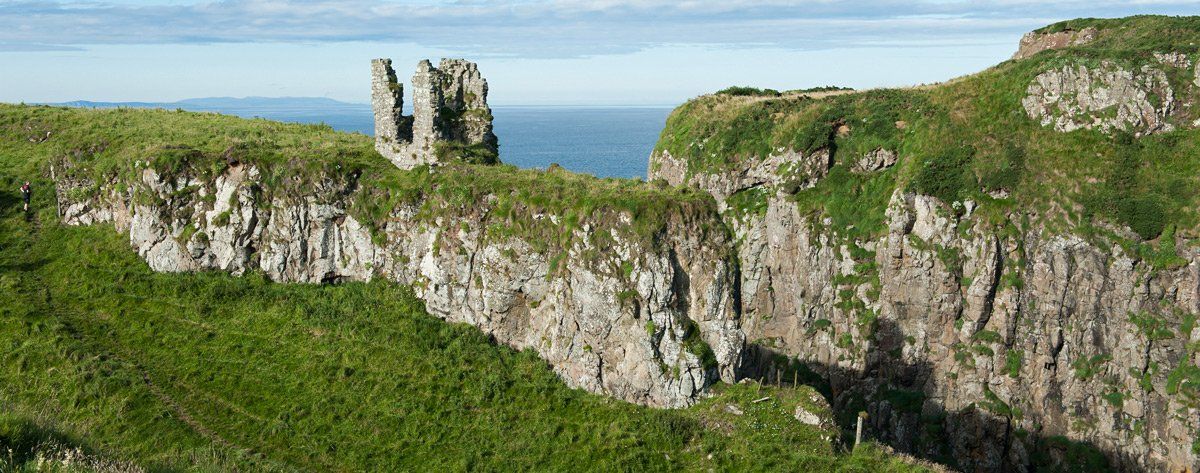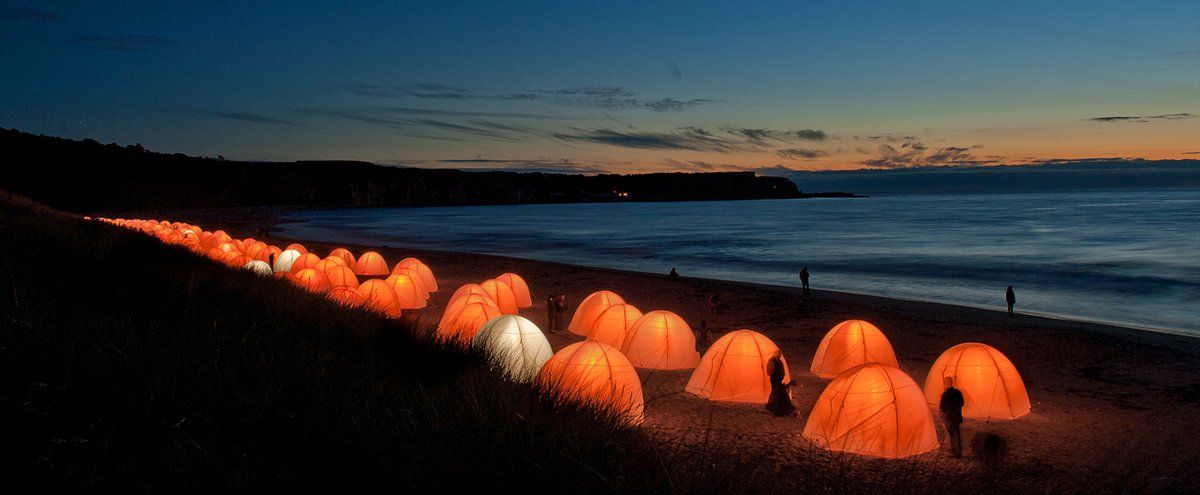The National Trust have been custodians of the Giant's Causeway since 1961, the conservation charity which covers Scotland, England, Wales and Northern Ireland has over 3.4 million members and protects over 166 houses, 19 castles, 47 industrial monuments and mills, 49 churches and chapels and 35 public houses and inns. They care for forests, woodlands, fens, beaches, farmland, downs, moorland, islands, archaeological remains, castles, nature reserves and villages. Protecting over 700 miles of coastline in England, Wales and Northern Ireland, in total the charity looks after 617,500 acres (250,000 hectares) of countryside, moorland, beaches and coastline. The concept came about in 1884 after Octavia Hill was asked to save a garden in south-east London, which she did.
The catalyst came about when Octavia Hill, Robert Hunter and Hardwicke Rawnsley campaigning together to protect the Lake District from development by railway companies, this led to the foundation of the charity whose mission was and still is to hold land and buildings ‘forever, for everyone’. In 1895 the National Trust was formerly founded and in 1896 purchased its first property for national preservation, Alfriston Clergy House, Sussex. Octavia Hill was born in 1838, the eighth daughter of James Hill, a wealthy merchant who was also a devoted social reformer, he opened a community centre for adult learning and recreation, and opposed and spoke out against corruption and self-interest groups.
Octavia followed in her father’s footsteps and fought against poverty, she was a strong advocate and campaigner for the empowerment of women, many view her as a Christian Socialist. She actively encouraged and supported people to work together across social classes towards a better society. Her conviction was that any form of lasting care could not be delivered in isolation but only by close involvement in the community by all stakeholders. From the very beginning she engaged volunteers whom she named ‘fellow workers’, it was one of the endearing characteristics of her work which would also form the basis of the National Trust which today depends greatly on the energy and enthusiasm of volunteers to achieve its objectives.
Before the foundation of the National Trust Octavia was treasurer and one of the driving forces behind the Kryle Society, formed by her sister to ‘Bring beauty home to the people’ by enhancing community life with art, literature, education and open spaces. Hospitals, schools and community facilities were decorated and community events organized. The Kryle Society was named after John Kyrle, who spent most of his wealth on improving the amenities of Ross on Wye for its inhabitants. The National Trust grew out of the Open Space Committee set up to save many recreational areas in London which would have been built over and to which Octavia campaigned tirelessly for.
Her conservation work encapsulated her believe in 'pure earth, clean air and blue sky' for everyone, she campaigned and opposed unnecessary development, so that open spaces in the city would prevail for public use and recreation, and was the first person to use the term ‘Green Belt’ for London. Octavia Hill was an artist, writer and teacher, interestingly she also founded the Army Cadets in 1889 with the first independent Cadet Battalion in London. In 1907, Parliament passed the first 'National Trust Act'. This legislation defined the charity's purpose and gave it unique powers to protect property for the benefit of the nation. Staff, volunteers and tenants are engaged in providing access to open spaces for people’s enjoyment, habitats for wildlife and protecting our environment – “forever, for everyone”.
All Rights Reserved | Art Ward






